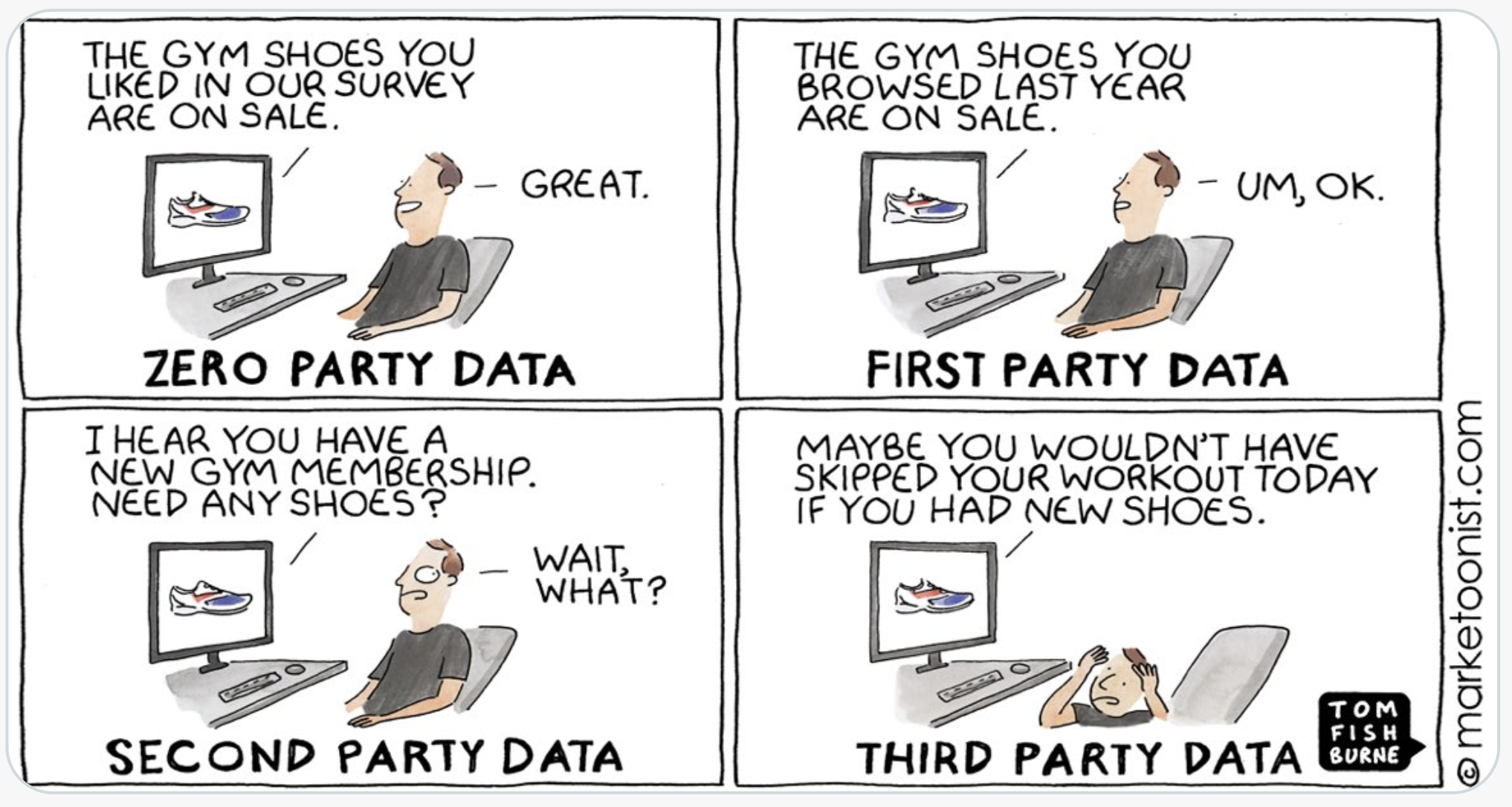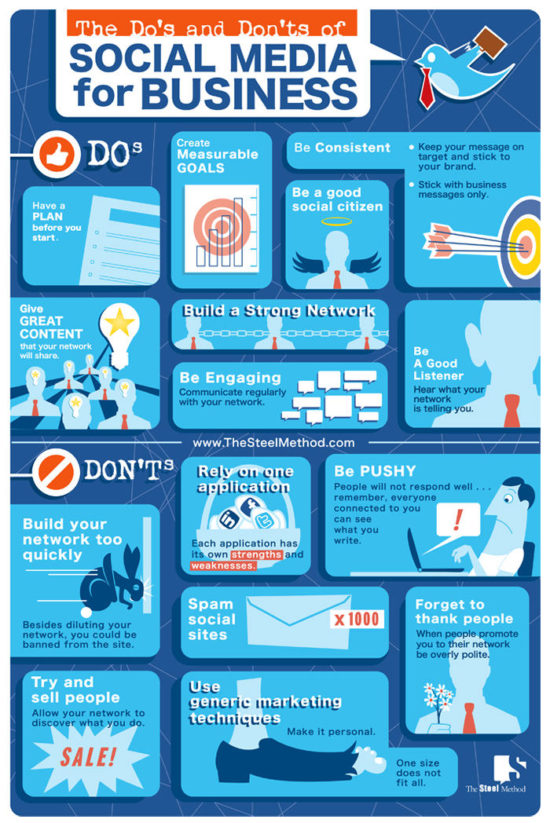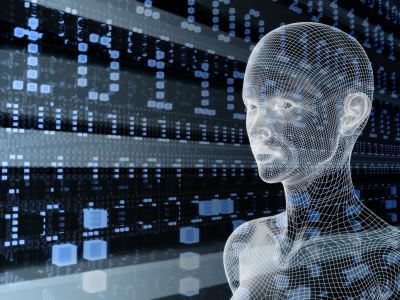Machine Learning (ML) is a proven game-changer, leading the drumline in technological advancements. ML enables companies to fast-track digital transformation and move into an age of automation.
This blog will dive deeper into how bias can impact machine learning and what steps will minimize the impact.
Machine Learning: A Brief Definition
Sometimes there is confusion between artificial intelligence (AI) and machine learning.
Artificial intelligence is a broader concept that includes within it the sub-field of machine learning.
I like to think of artificial intelligence as the umbrella over, e.g., machine learning, deep learning, natural language processing, natural language understanding, natural language generation, robotics.
Artificial Intelligence (AI) is the broader concept of machines being able to carry out tasks in a way that we would consider “smart.”
Machine learning focuses on using data and algorithms to imitate how humans learn, gradually improving its accuracy.
There are many diverse aspects of machine learning; coupled with the advances in artificial intelligence; the possibilities are blossoming.
Machine Learning Examples
Machine learning algorithms are programs that use large amounts of data to learn how to make predictions.
For example, a company might want their machine-learned algorithm to predict which customers will buy more products in the future. Insights on customer buying behaviors help target them with relevant advertising or discounts.
The datasets, for example, could include customer information like zip codes, income levels, and types of purchases. The program looks through the data and determines what factors are most helpful in predicting purchase patterns.
Over time as the data changes (and more is added), the model continually updates its prediction to understand human behaviors better.
Machine learning algorithms are beneficial in many different situations. They can predict failure modes in industrial equipment or help doctors diagnose patients with certain illnesses. There are countless applications for predictive modeling.
Succinctly, machine learning is a powerful tool that automates and optimizes decision-making.
And Then There Are Creepy Ads
A creepy follow-me-ad stalks you around the Internet simply because you clicked on a link in Amazon, for instance. This model only has one data point. If the model had additional data, then the right actions or ads could be programmed, perhaps.
If you aren’t prone to click-bait or subliminal messaging, a well-trained program may say: hey, don’t serve up those creepy follow-me ads when this person browses our site.

And Then There’s Bias
Since the dawn of human-kind (or not so kind), bias has played a role in shaping society. Discrimination, prejudice, judgment, or, put simply, bias comes in many shapes and sizes.
I’m not sure the Buddha or Gandhi or even Christ was bias-free. And I’m not even in their class, so I’m pretty sure I’m traveling around with a fair degree of bias. I don’t mean to have bias and try to keep it in check.
But I suspect bias is a clinging vine that seeps its way into our life. You have no idea how it got there. It surrounds you like a bubble of air overlaying your decisions.
Bias, Decisions and Machine Learning
It’s becoming more and more apparent that bias rears its complex head in machine learning algorithms.
Machine learning algorithms can only learn from what we teach them. Biases can unknowingly embed within the code.
Why Machine Learning Bias Matters
Suppose data collection and the proper protocols are not followed. In that case, machine learning algorithms are often flawed. Biased datasets have a greater chance of producing skewed results than nonbiased datasets.
One way this happens: facial recognition systems are more likely to misidentify people who don’t fit into society’s idea of beauty or what constitutes an “average face.”
This type of bias leads to false classification rates for certain ethnic groups. It influences police officers, judges, parole boards, hiring managers, and credit agencies.
There are many other ways bias can show up.
Bias is also inherent in how the data is collected. For example, if a dataset only includes white men as company leaders, then the machine learning program has limitations in surfacing women or non-white male leaders. It’s vital to have diverse datasets when training models.
Machine Learning Integrity
The impact bias has on machine learning algorithms can be minimized by addressing the following four points:
- Evaluate and understand what is being learned, including how it was collected.
- Make sure diverse people are programming any software to avoid biases during algorithm development.
- Look for bias in data or types of training sets used (e.g., a dataset with only white men as leaders). If this type of bias exists, then an alternative set should be found or created so that the program doesn’t learn from biased examples.
- Add humans into decision-making processes involving automated systems when possible; if not possible, make sure human involvement triggers alerts about potential errors or unintended consequences of decisions made by ML models.
ML does not make human dinosaurs.
Keeping humans in the loop is necessary. Skilled humans are keys to managing the flow and assuring the quality and timeliness of data. The mechanics of data management will be autonomous, but the context of the data needs human involvement.
To simply ask for more diverse data won’t work – we need to also push for a diversity of developers, engineers and everything in between.
I suppose there’s a social commentary here for our society as well. Data bias is like a trojan horse. Sneaking in like a creeping vine.
One could conclude that diversity breeds out bias making us less susceptible to the consequences of a trojan horse.









